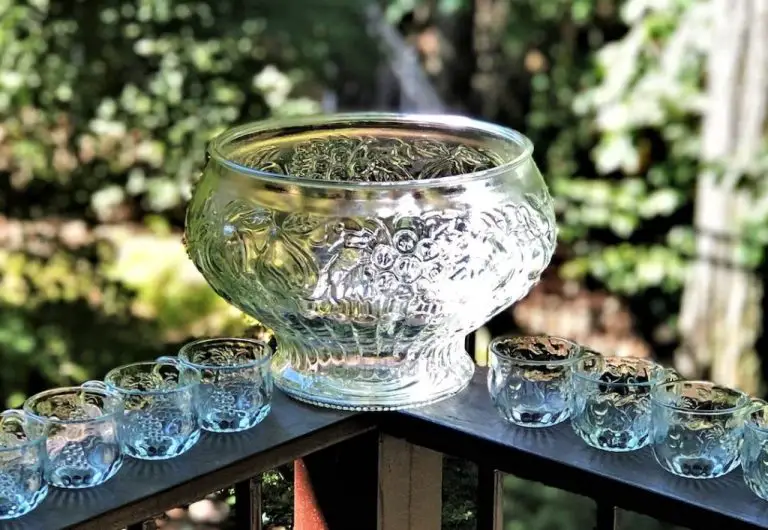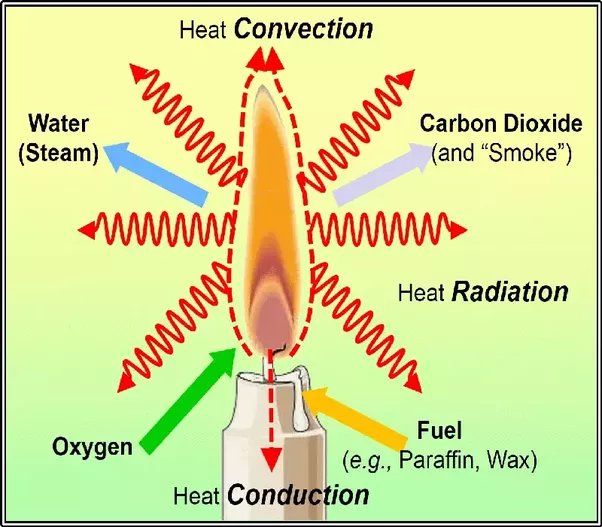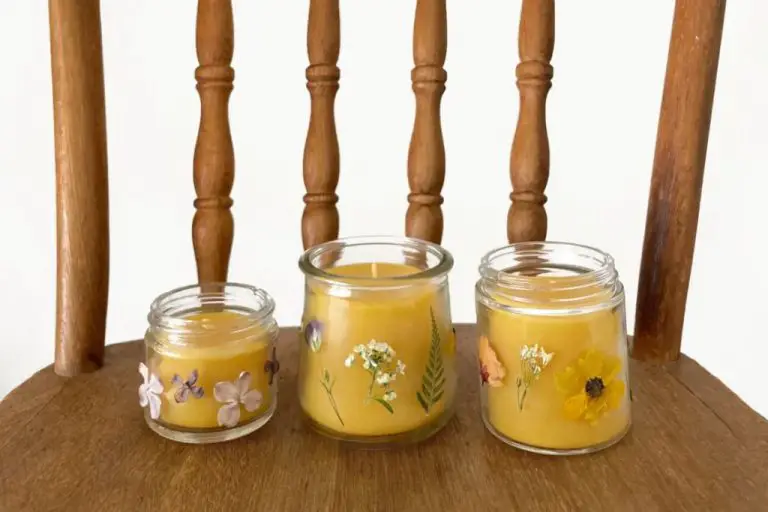Do Candles Clean Air?
Candles are a popular household item used for lighting as well as for their pleasant scents. In recent years, some claims have surfaced stating that burning candles can actually clean or purify the surrounding air. But is there any truth to this? This article will examine whether burning candles truly improves indoor air quality or simply masks odors.
We’ll look at how candles work, what they emit into the air, and how their fragrances spread. We’ll compare candles to other air freshening methods like purifiers and diffusers. The goal is to understand what impact, if any, burning candles has on cleaning the air in your home.
How Candles Work
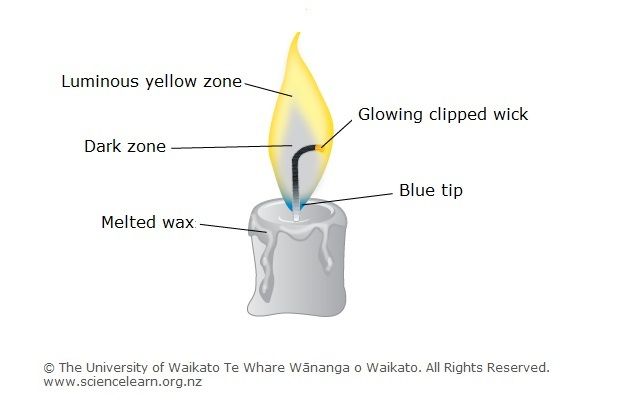
Candles contain three essential components: a wick, wax, and fragrance. The wick is a thread that runs through the center of the candle. As the candle burns, the flame melts the nearby wax, turning it into liquid which is then drawn up the wick by capillary action. The heat of the flame vaporizes the liquid wax, enabling it to combust and release energy in the form of light and heat.[1]
The wax provides fuel for the candle and also holds the wick in place. Common types of wax used in candlemaking include paraffin, beeswax, soy, palm, and gel wax. As the candle burns, the wax melts and transitions from a solid to a liquid state. The liquid wax is drawn up the wick where it vaporizes at the flame. This evaporation of wax sustains the candle’s burn.[2]
Many candles also contain added fragrance, usually in the form of essential oils. The heat from the flame helps to release the fragrance which then spreads through the air as the candle burns. The type and strength of fragrance can determine the candle’s scent profile and aromatic properties.
Candle Emissions
When a candle burns, it releases emissions in the form of gases and particulate matter such as soot. The main gases released are volatile organic compounds (VOCs) like benzene, toluene, and xylenes. According to a 2021 study published in ScienceDirect (Salthammer, 2021), the total VOC emission rates of most candles are in the range of 50-150 mg/h. The main VOCs emitted are alkanes like decane and undecane. Aromatic compounds like benzene and toluene make up 5-20% of VOC emissions. Scented candles tend to emit more VOCs due to added fragrances.
Soot emissions result from incomplete combustion of the candle wax. Most modern candles emit very little soot because of advancements in wick technology and wax formulation. According to research by the National Candle Association (Candle Science & Testing, 2020), well-made candles have very low soot emissions of only 0.1 mg/h or less. Properly trimmed wicks prevent excess soot. Beeswax and soy wax candles emit less soot than paraffin wax.
Candle Fragrance
The fragrance of a candle comes from essential oils, synthetic fragrance, or a combination of both https://candles.org/elements-of-a-candle/fragrance/. Essential oils are extracted from plants and can provide natural scents like lavender, eucalyptus, and citrus. Synthetic fragrances are formulated in a lab to replicate natural scents or create unique new scents. They allow for consistency and customization in fragrance https://www.candlescience.com/learning/whats-in-fragrance-oil/. Most scented candles use a blend of essential oils and synthetic fragrance to achieve the desired aroma and performance https://candleseurope.com/components-of-a-candle/.
Air Purifiers vs Candles
While scented candles can fill a room with pleasant aromas, they don’t actually purify the air. Air purifiers use filters like HEPA and activated carbon to remove pollutants from the air. Studies show that using an air purifier alongside candles can help mitigate the effects of burning candles.
HEPA filters are designed to capture 99.97% of particles 0.3 microns or larger, including dust, dander, pollen, and smoke. Activated carbon filters adsorb odors, gases, and VOCs like those emitted by scented candles. Together, these filters can trap candle emissions like particulates, formaldehyde, benzene, toluene, and terpenes.
Research indicates that air purifiers with a high Clean Air Delivery Rate (CADR) ratings can reduce the concentration of particles, VOCs and odors in candle emissions when run at the same time. Purifiers also help remove lingering scents after blowing candles out. So using an air purifier alongside scented candles can help negate some of their effects on indoor air.
Ultimately air purifiers offer more measurable air cleaning than candles alone. But unscented candles like beeswax can still be enjoyed for ambiance when used sparingly and paired with proper ventilation.
Candles and Indoor Air Quality
Candles burning indoors can negatively impact air quality by releasing particulates into the air. According to The Dirty Truth about Candles and Indoor Air Quality, the soot released from burning candles contributes to indoor air pollution. As candles burn, they release invisible particles and particulate matter that dirties heating and air conditioning systems.

The primary pollution source from candles is the soot produced from incomplete combustion of the candle wax. This soot contains fine particles that can get inhaled and cause respiratory irritation. Scented candles also release volatile organic compounds (VOCs) into the air which can negatively impact indoor air quality.
According to research by the 3M Filtration Solutions, burning candles produces indoor air pollutants similar to diesel exhaust fumes. The soot particles are fine enough to penetrate deep into the lungs. This can aggravate asthma and cause other respiratory problems.
Candle Safety
Candles can be dangerous if not used properly. According to the National Fire Protection Association, candles cause about 9,000 home fires in the U.S. every year. To prevent fires, it’s important to follow basic safety tips:
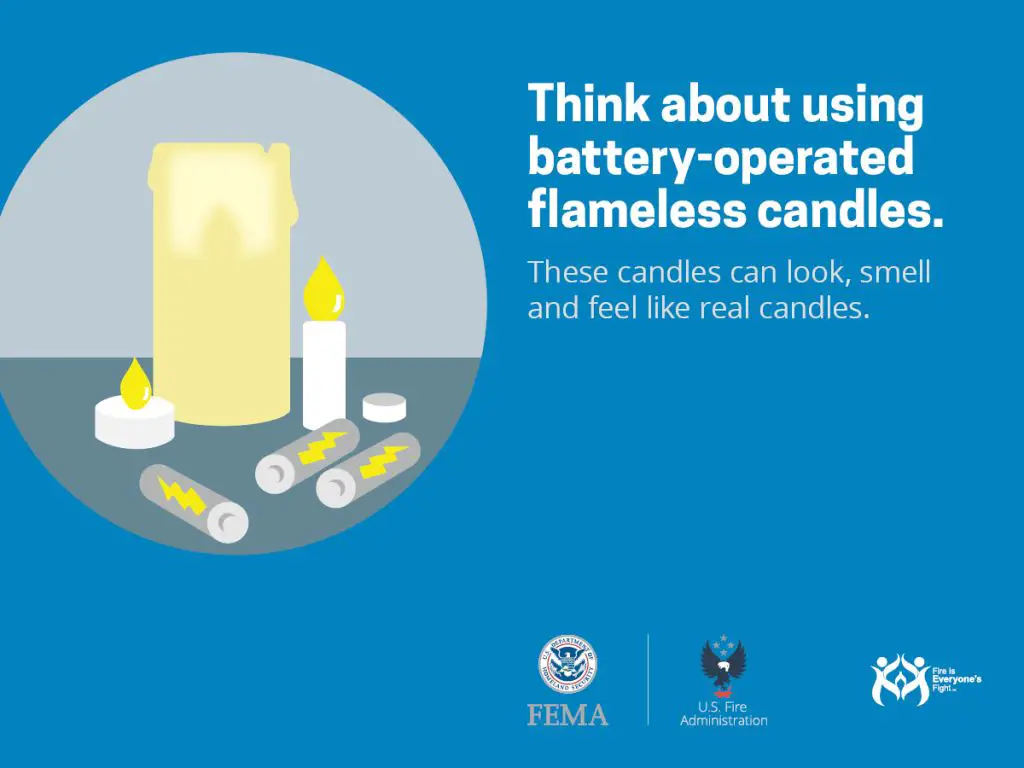
Never leave a burning candle unattended. Always keep candles out of reach of children and pets. Place candles in stable, nonflammable holders on a sturdy, uncluttered surface. Trim wicks to 1⁄4 inch before lighting to avoid high flames. Allow melted wax to pool to a depth of 1⁄4 inch before relighting the candle. Extinguish candles when they burn down close to the holder or within two hours before going to sleep.
Additionally, burning candles produce soot that can dirty walls, furniture, and decorations. The Village of Oak Park recommends putting candles on a plate or in a bowl of water to contain wax drips and wick fragments. Keeping wicks trimmed and avoiding drafts can help reduce smoke and soot.
Scented Candles and Health
Scented candles can exacerbate asthma and allergies in some people. The fragrances and chemicals released into the air when burning a scented candle can trigger asthma attacks, allergic reactions, and breathing issues in those with respiratory conditions like asthma and COPD (EverydayHealth, 2023).
One study found that exposure to phthalates from scented candles was associated with increased prevalence of asthma, allergies, and sinus infections (Al Khathlan et al., 2023). However, experts note that the exposure from properly used scented candles is very low and unlikely to pose significant health risks (NYTimes, 2021). Those with respiratory conditions should exercise caution and avoid prolonged exposure to burning scented candles.
Natural Air Fresheners
There are many natural ways to freshen the air in your home without using synthetic fragrances. Two popular options are using fragrant houseplants and baking soda.

Certain houseplants are known for their air-purifying abilities. Plants like English ivy, peace lilies, and spider plants help filter out harmful toxins from the air. The soil of potted plants also absorbs foul odors. And many houseplants release oxygen while absorbing carbon dioxide, improving indoor air quality.
Baking soda is a natural deodorizer. Leaving an open box of baking soda in the refrigerator or pantry will absorb unwanted smells. Make homemade air fresheners by mixing baking soda with a little lemon juice and leaving the mixture on a dish in rooms that need freshening. The natural citrus fragrance helps neutralize odors.
For a longer-lasting freshener, put baking soda in small jars or sachets with holes poked in the top. Add 10-15 drops of lemon essential oil to the baking soda before sealing the container. Place the air fresheners wherever you need a boost of fresh lemon scent.
Conclusion
In summary, while scented candles can provide a nice aroma and ambience to a room, there is limited evidence that they significantly clean or purify the air. The flame itself releases some carbon compounds along with the scent molecules, so burning a candle continuously can potentially contribute modest amounts of indoor air pollution. For any meaningful air cleaning or disinfecting benefits, a true HEPA air purifier would be a more effective option. However, for most people, burning candles occasionally for short durations is unlikely to meaningfully impact indoor air quality either positively or negatively. As with any open flame, proper precautions should be taken to place candles safely and avoid potential fire hazards or irritations from overpowering fragrances. Overall, candles are better viewed as a decorative item that can provide aesthetic enjoyment, rather than as an air purifying tool.




